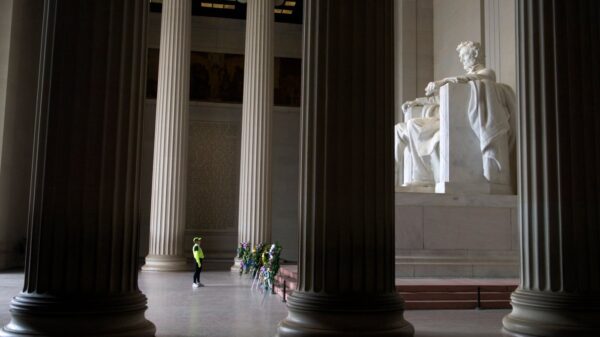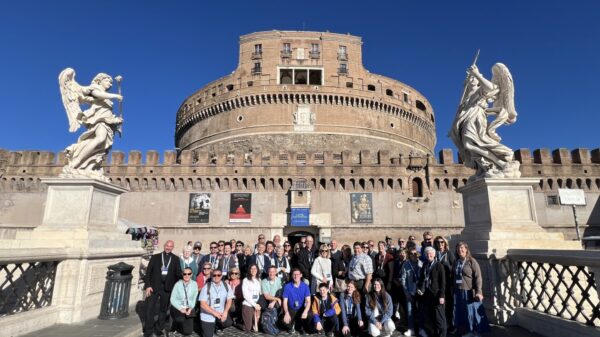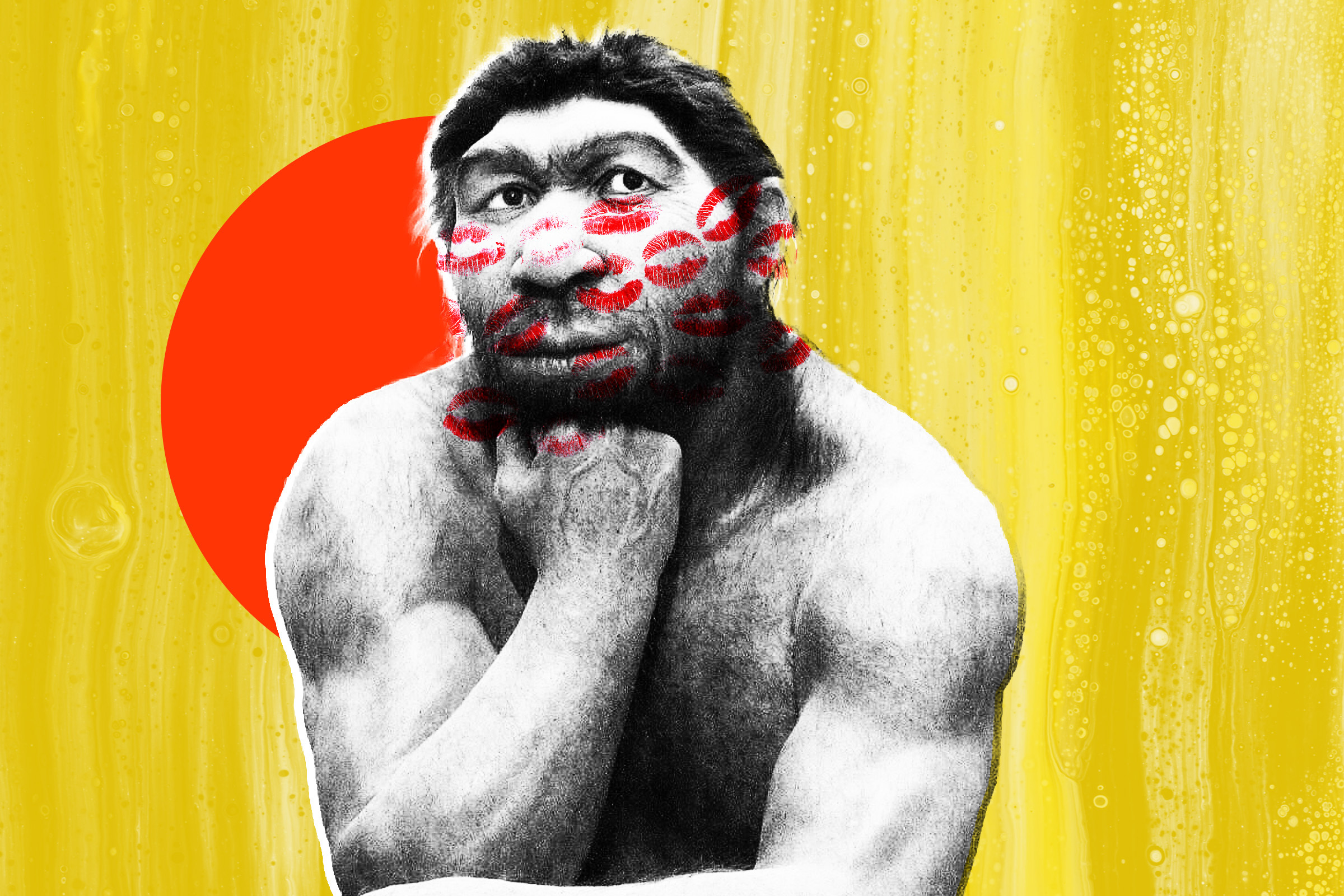A recent study led by researchers at Oxford University has provided compelling evidence that ancient interactions between humans and Neanderthals may have included kissing. This conclusion comes from new research published in the journal Evolution and Human Behavior, which builds upon previous findings that suggested genetic intermingling between the two species.
The controversy surrounding the notion of human-Neanderthal relationships dates back to the 1980 publication of Jean M. Auel‘s bestselling novel, “The Clan of the Cave Bear.” At that time, the idea that early humans might have mated with Neanderthals was met with skepticism. However, a significant study conducted in 2010 revealed that traces of Neanderthal DNA exist within the modern human genome, indicating some form of interaction, which may have included romantic or violent encounters.
In the latest research, scientists observed kissing behaviors in modern primates, including chimpanzees, orangutans, and bonobos, across regions in Africa, Europe, and Asia. By using Bayesian statistical modeling, the team established that kissing is likely an ancient behavior among large apes, originating approximately 20 million years ago. This evolutionary trait implicates Neanderthals as part of this lineage of kissing cousins.
According to Matilda Brindle, the study’s lead author and an evolutionary biologist at Oxford, this discovery frames the relationship between humans and Neanderthals in a more affectionate light. “Probably they were kissing,” Brindle stated in an interview with The Guardian. “It certainly puts a more romantic spin on human-Neanderthal relations.”
The research further highlights a previous study’s finding that humans and Neanderthals share common oral microbes, suggesting that they may have exchanged saliva. This microbial evidence reinforces the hypothesis that kissing was a part of their interactions.
Kissing, characterized as a vulnerable act, may have served as a means for our ancestors to assess the physical health of potential mates. The implications of this behavior invite speculation about the emotional and social dynamics that could have existed between these two species.
While the romantic narrative may seem far-fetched, it adds depth to our understanding of human evolution and the complex relationships that may have existed in prehistoric times. The findings challenge earlier perceptions and open new avenues for research into the interactions between humans and our closest relatives.
Ultimately, this study underscores the intricate tapestry of human history and brings to light the potential for shared experiences, even among species that have long since vanished. As researchers continue to explore our evolutionary past, the story of human and Neanderthal interactions becomes increasingly compelling, reminding us that the connections we hold with our ancestors may be more intimate than previously imagined.








































































